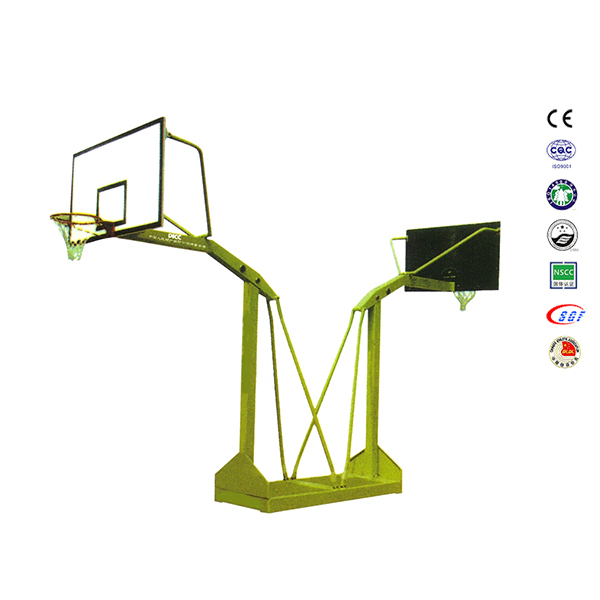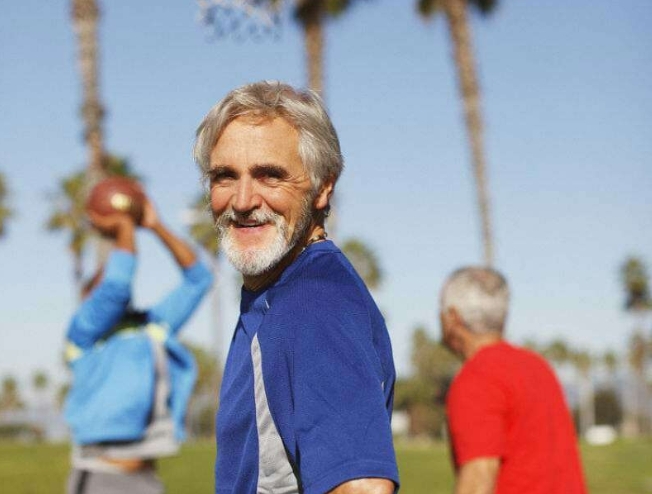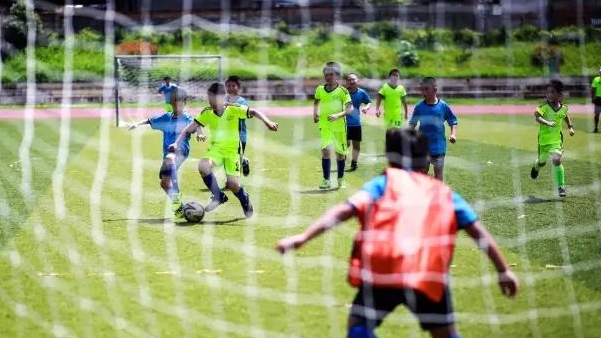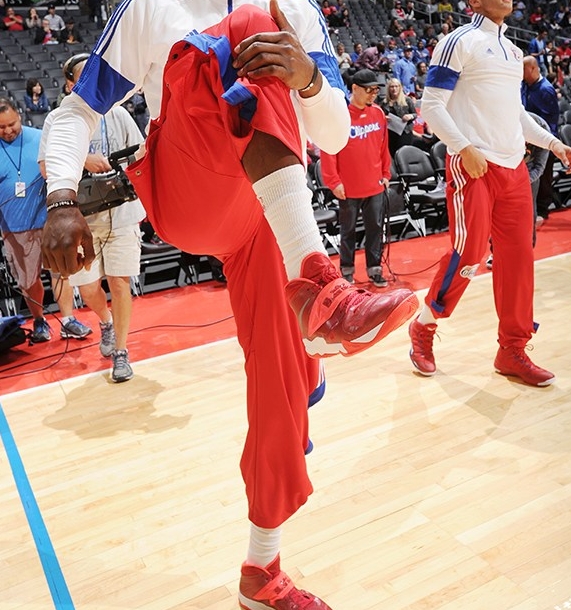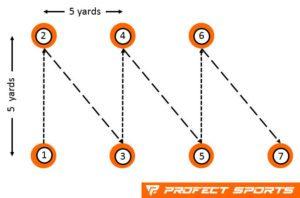Product
How to use cones in football training
Basic Info
Speed and agility are important characteristics of professional athletes. In short...slow athletes are eliminated first.
Conical buckets, also called plastic buckets, conical columns, roadblock signs, and pulley piles, are the most common speed and agility training props. It is the most common speed and agility training prop.
5-10-5 Pro Agility Shuttle Drill
X-shaped sprint training
L-shaped sprint training
W-shaped sprint training
obstacle course training
What is the difference between speed, flexibility and agility?
How to get the best results from training
Conical buckets, also called plastic buckets, conical columns, roadblock signs, and pulley piles, are the most common speed and agility training props. It is the most common speed and agility training prop.
5-10-5 Pro Agility Shuttle Drill
X-shaped sprint training
L-shaped sprint training
W-shaped sprint training
obstacle course training
What is the difference between speed, flexibility and agility?
How to get the best results from training
Speed and agility are important characteristics of professional athletes.
in short…
Slow athletes are eliminated first.
Conical buckets, also called plastic buckets, conical columns, roadblock signs, and pulley piles, are the most common speed and agility training props. It is the most common speed and agility training prop. It can be seen in training venues where speed and agility are practiced, such as sprinters' training, as well as football players, rugby players, and even basketball players.
In many ball sports, especially professional games, the agility of athletes is very high, such as football, rugby, basketball, volleyball, hockey, tennis, baseball, softball, etc., which basically covers all sports, so agility Very important for an athlete, good agility can improve starting speed, improve acceleration ability, and move faster.
Use these 5 drills to hone your footwork, increase your strength, and maximize your athleticism.
First, start from cone barrel No. 1, touch cone #1 with one hand, and run to cone #2 reflexively.
Sprint to cone #2 and touch the cone with your right hand.
Reflexively sprint to cone #3. Touch the cone with your left hand.
Sprint back to the starting #1 cone.
Repeat in opposite direction.
First start from cone barrel No. 1, touch cone #1 with one hand, and run to cone #2.
After sprinting to cone #2, move laterally to cone #3.
Turn 45 degrees and run sideways to cone #4.
Sprint back to the starting #1 cone.
Change the starting cone and repeat in the opposite direction.
Great for training direction changes, fast feet and running at different angles. This is a useful exercise for practicing quick transitions and improving reaction times.
First start from cone barrel #1 and sprint towards #2.
After touching cone #2, sprint back to cone #1.
Touch cone #1, sprint like #2 and go around it, sprint like #3.
Go around from the inside of 3#, sprint like 2# and go around, sprint to the end of 1#.
Change the starting cone and repeat in the opposite direction.
First start from cone barrel #1 and sprint towards #2.
After running backwards to cone #3, sprint forward to cone #4.
Run backwards to cone #5, then sprint forward to cone #6.
Run backwards towards cone #7, end.
Change the starting cone and repeat in the opposite direction.
First start from cone barrel #1 and sprint towards #2.
After bypassing cone #2, run to cone #3.
After bypassing cone #3, run to cone #4.
After bypassing cone #4, run to cone #5.
You can set up several more groups in the middle, and the last one is an accelerated straight-line run.
Flexibility, the ability to quickly transition or change direction while maintaining balance and coordination. Cones are a great way to train your footwork and body control.
Agility seems to be the same as flexibility. In fact, agility is about flexibility in sports, such as the ability to grab points in front of goal in football matches. This reflects agility, which is speed and flexibility. combination of.
Before starting training, be sure to warm up your entire body.
Training generally works best when running at full speed, that is, maintaining a certain speed. If it is too slow, there will be no meaning in training.
Stay enthusiastic about training. If you lack enthusiasm and get bored, you won't get results.
Adjust the distance between cones according to actual needs. Close cones (under 5 meters) help train agility, and farther apart cones (between 5 meters and 10 meters) help train speed.
in short…
Slow athletes are eliminated first.
Conical buckets, also called plastic buckets, conical columns, roadblock signs, and pulley piles, are the most common speed and agility training props. It is the most common speed and agility training prop. It can be seen in training venues where speed and agility are practiced, such as sprinters' training, as well as football players, rugby players, and even basketball players.
In many ball sports, especially professional games, the agility of athletes is very high, such as football, rugby, basketball, volleyball, hockey, tennis, baseball, softball, etc., which basically covers all sports, so agility Very important for an athlete, good agility can improve starting speed, improve acceleration ability, and move faster.
Use these 5 drills to hone your footwork, increase your strength, and maximize your athleticism.

5-10-5 Pro Agility Shuttle Drill
Also known as the 20-yard shuttle, this is one of the most common ways to measure speed and agility.
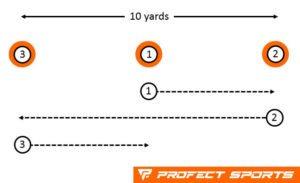
First, start from cone barrel No. 1, touch cone #1 with one hand, and run to cone #2 reflexively.
Sprint to cone #2 and touch the cone with your right hand.
Reflexively sprint to cone #3. Touch the cone with your left hand.
Sprint back to the starting #1 cone.
Repeat in opposite direction.
X-shaped sprint training
X-sprint training utilizes changes in direction, running at different angles, and quick footwork to help improve an athlete's ability to make quick transitions and react quickly.

First start from cone barrel No. 1, touch cone #1 with one hand, and run to cone #2.
After sprinting to cone #2, move laterally to cone #3.
Turn 45 degrees and run sideways to cone #4.
Sprint back to the starting #1 cone.
Change the starting cone and repeat in the opposite direction.
L-shaped sprint training
The 3-cone L-shaped sprint training is another commonly used agility training method. The NFL also uses this training method to test athletes' agility, balance and direction.Great for training direction changes, fast feet and running at different angles. This is a useful exercise for practicing quick transitions and improving reaction times.

First start from cone barrel #1 and sprint towards #2.
After touching cone #2, sprint back to cone #1.
Touch cone #1, sprint like #2 and go around it, sprint like #3.
Go around from the inside of 3#, sprint like 2# and go around, sprint to the end of 1#.
Change the starting cone and repeat in the opposite direction.
W-shaped sprint training
W-shaped sprint training helps to train speed conversion and direction conversion, and can practice running forward and backward at the same time. It is a good training method. This kind of training can be modified appropriately, such as diagonal sprint training or horizontal movement training.
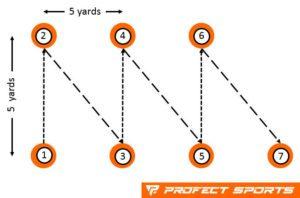
First start from cone barrel #1 and sprint towards #2.
After running backwards to cone #3, sprint forward to cone #4.
Run backwards to cone #5, then sprint forward to cone #6.
Run backwards towards cone #7, end.
Change the starting cone and repeat in the opposite direction.
Obstacle course training
Obstacles are set up like the giant slalom in a skiing competition, or like the skills competition in the NBA All-Star Game. The purpose is the same, to train the athlete's quick turning ability and foot movement ability.
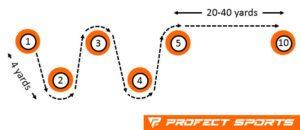
First start from cone barrel #1 and sprint towards #2.
After bypassing cone #2, run to cone #3.
After bypassing cone #3, run to cone #4.
After bypassing cone #4, run to cone #5.
You can set up several more groups in the middle, and the last one is an accelerated straight-line run.
What is the difference between speed, flexibility and agility?
Speed, maximum speed, which takes a few seconds of straight movement to achieve, you need to run fast and straight to achieve optimal speed.Flexibility, the ability to quickly transition or change direction while maintaining balance and coordination. Cones are a great way to train your footwork and body control.
Agility seems to be the same as flexibility. In fact, agility is about flexibility in sports, such as the ability to grab points in front of goal in football matches. This reflects agility, which is speed and flexibility. combination of.
How to get the best results from training
Here are some guidelines to help you develop a balanced speed and agility training program.Before starting training, be sure to warm up your entire body.
Training generally works best when running at full speed, that is, maintaining a certain speed. If it is too slow, there will be no meaning in training.
Stay enthusiastic about training. If you lack enthusiasm and get bored, you won't get results.
Adjust the distance between cones according to actual needs. Close cones (under 5 meters) help train agility, and farther apart cones (between 5 meters and 10 meters) help train speed.
Keep a certain amount, not too much. Make sure to take a rest day between training sessions to allow your body to recover.

More LDK football product recommendations:
Football Cage
Futsal Goals
Metal Football Goal
Aluminum Football Goal
Foldable Football Goal
Portable Football Goal
LDK sports equipment manufacturer's promotion is in progress: Click to contact us now
Futsal Goals
Metal Football Goal
Aluminum Football Goal
Foldable Football Goal
Portable Football Goal






